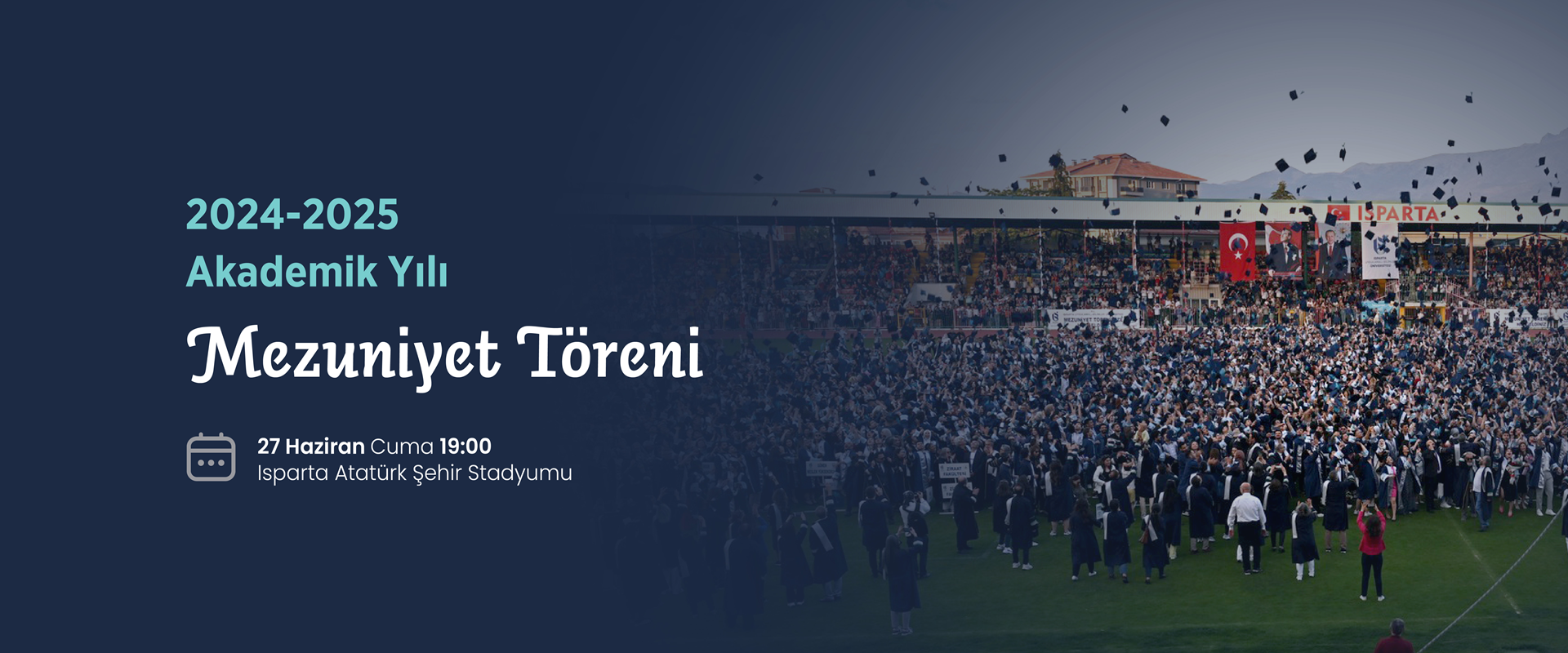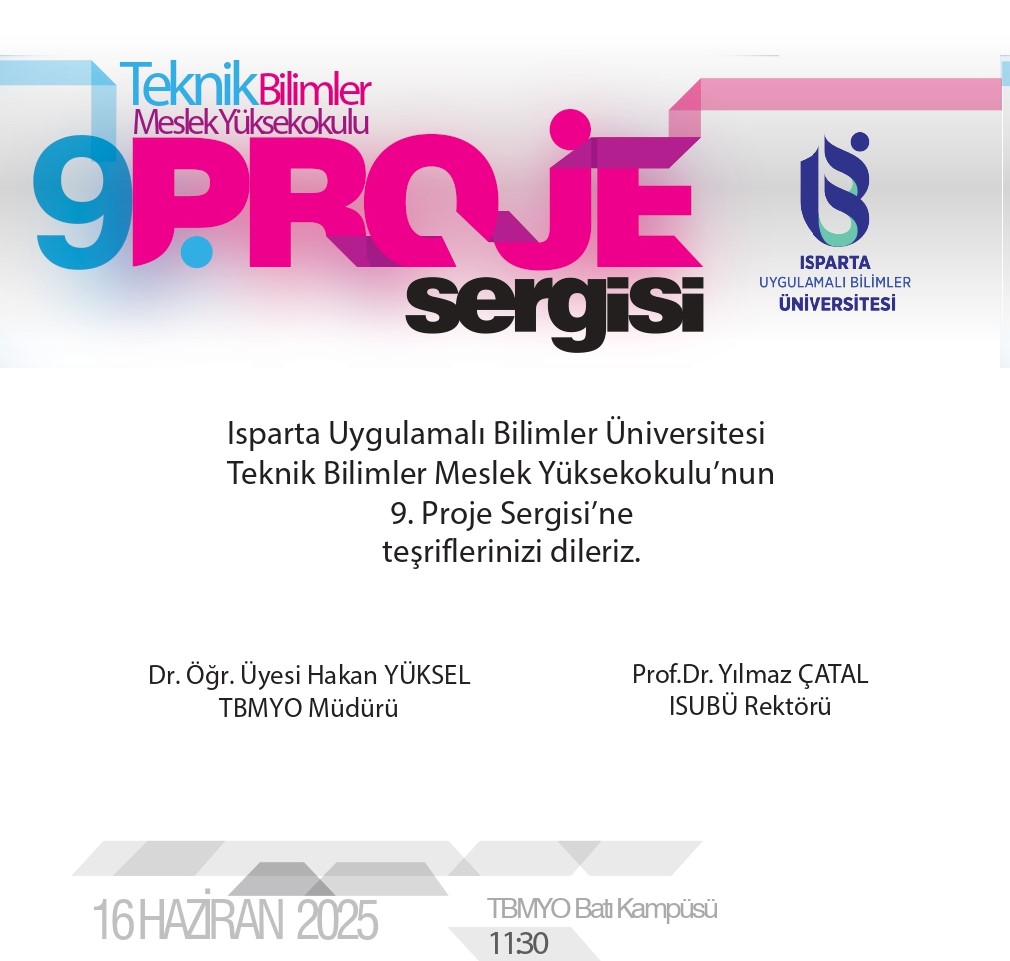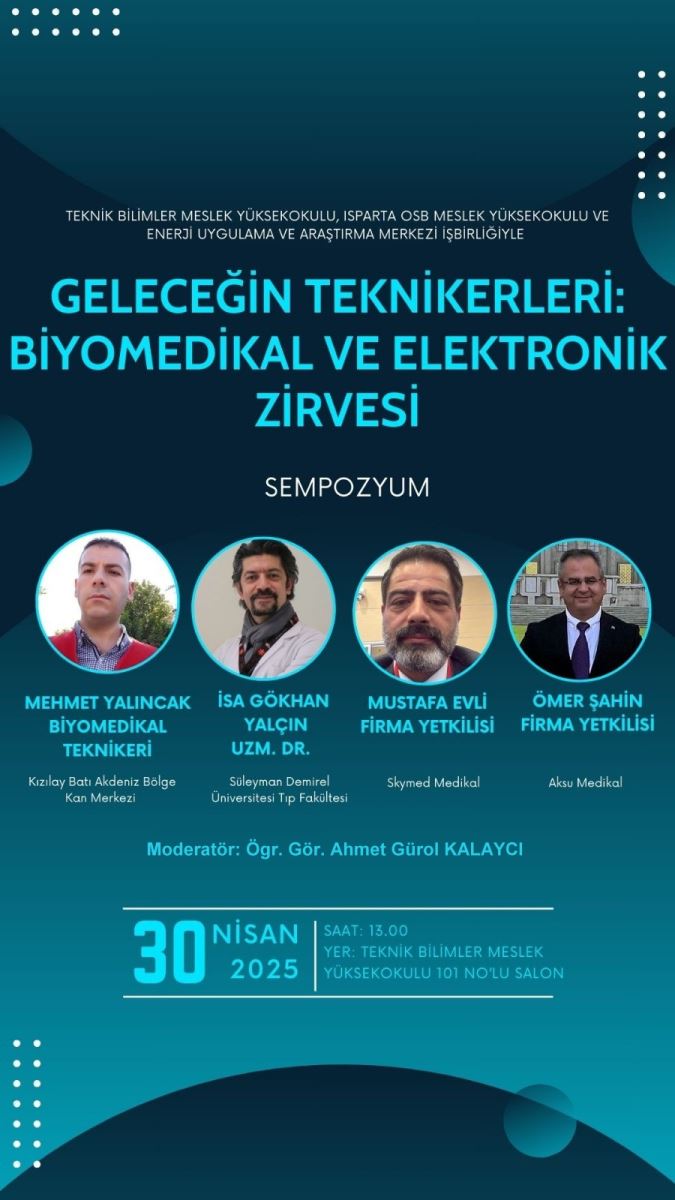Yapay Zekâ Laboratuvarı, lisans ve lisansüstü (yüksek lisans ve doktora) düzeyde araştırmacılardan oluşmaktadır. Çalışma ekibinin araştırma alanları arasında makine öğrenmesi ve derin öğrenme temalı yapay zekâ problemleri yer almaktadır. Özellikle tarım alanındaki çeşitli problemlerin çözümü için çeşitli derin öğrenme teknikleri üzerine tezler ve projeler üretmekteyiz. Son zamanlarda, bitki hastalık ve zararlılarının tespiti, tarım ürünlerinin çeşitli kriterlere göre sınıflandırılması, gerçek zamanlı tespitler gibi uygulamalar geliştirmekteyiz. Laboratuvarımız bünyesinde yer alan iş istasyonu üzerinden projelerimizi yürütmekteyiz, ayrıca kullandığımız verisetlerini açık kaynak olarak paylaşıyoruz. Laboratuvarımız tarafından 2021 yılında sunulan 7 adet Tübitak-2209A projesinin tamamı TÜBİTAK tarafından desteklenmeye hak kazanmıştır. Laboratuvarımızda 1 adet iş istasyonu bulunmaktadır. Makine öğrenmesi ve derin öğrenme modelleri Python dili ve Pytorch, Keras kütüphaneleri kullanılarak geliştirilmektedir. Spyder IDE ile yazılan kodlar PyQT ile masaüstü, Flask kütüphanesi ile de Web uygulamalarına dönüştürülmektedir.



-2%20kopya%20kopya.JPG)

.JPG)
.jpeg)






.jpeg)




